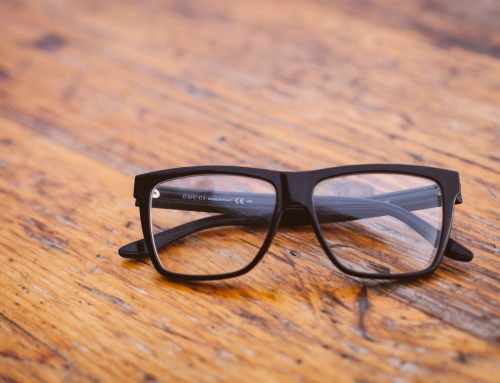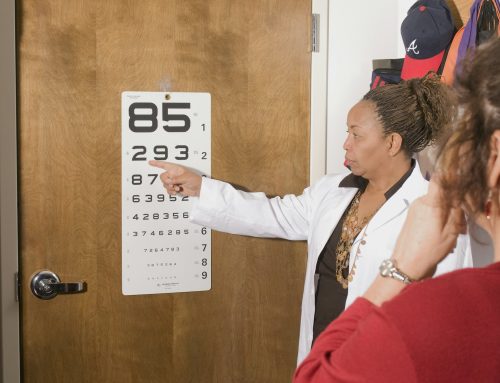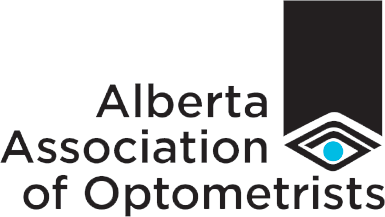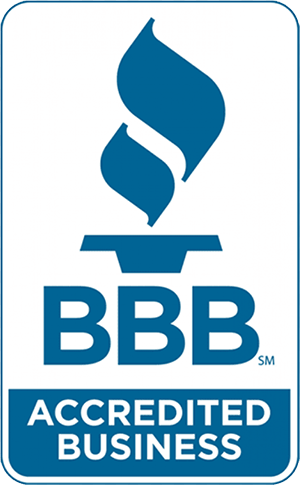Have you been moving your phone, newspaper or book further away from your face so you can read things properly? There’s a high likelihood that you need trifocals or bifocals. Any number of elements can affect a person’s vision every day, such as age and genetics. Your field of work can also be a factor.
Are you uncertain whether you need to upgrade your existing glasses to trifocal or bifocal lenses? Read on in order to learn more about how to tell if it’s time to get it done.
Causes of Sight Issues
The first step to figuring out whether trifocals or bifocals are necessary is understanding what problem it is they’re prescribed to fix in the first place. A common issue is presbyopia, which happens progressively as a person starts to age. Initial onset is around the early to mid-40s age range for both males and females. Essentially, the lens of the eyes tends to struggle with focusing on close-range things.
Telltale Signs of Sight Issues
Common signs that a person has presbyopia include, but are not limited to:
- Blurred vision when reading even if things are at a normal distance
- Eye fatigue paired with headaches solely when reading close items
- Holding materials at an arm’s length when reading
Presbyopia can be had in conjunction with other vision conditions, like nearsightedness, farsightedness and astigmatism.
A Closer Look At Bifocals
Bifocals come into focus both near and far. Fun fact: The first bifocals were invented in the 1780s by Benjamin Franklin to help compensate for his aging vision. The word ‘bifocal’ is actually self-explanatory as it’s a portmanteau: ‘bi’ means two, while ‘focal’ means focus. Before these came about, people who had more than one issue with their vision needed two pairs of glasses; (one for reading, the other for distance.)
There are several types of bifocal lenses that a person can be prescribed, such as:
- Flat-top bifocal lens – This is where a nearsighted lens is placed on the lower portion of the glasses in a dedicated segment, with a straight line on top that curves down into a D shape to the frame’s bottom.
- Nearsighted lens – Also known as a ribbon lens, this takes on a narrow rectangular shape or a round shape. It can also take up half of the lens.
A Closer Look At Trifocals
In this case, ‘tri’ means three combined with ‘focal’ as in focus. People going into their 50s will have even more complex vision issues. At that point, trifocals are a must.
There is a third section to this multi-focal lense, often just above the lens’ lower section. This is meant specifically for helping the wearer to see nearby things. It’s ribbon-shaped and addresses things that fall in the middle of the near and far zones (roughly 18 to 24 inches away).
Conclusion
Over time, people may end up losing their previously 20/20 vision. Adults that are middle-aged are more prone to needing either bifocals or trifocals. Bifocals give two focuses-near and far-while trifocals do the same with the addition of the midpoint between the two zones.
Need to get eyeglasses in Calgary? Contact Optiko Eyewear today! We’re the optical in Calgary that has everything you need from eye exams to designer-made frames.








